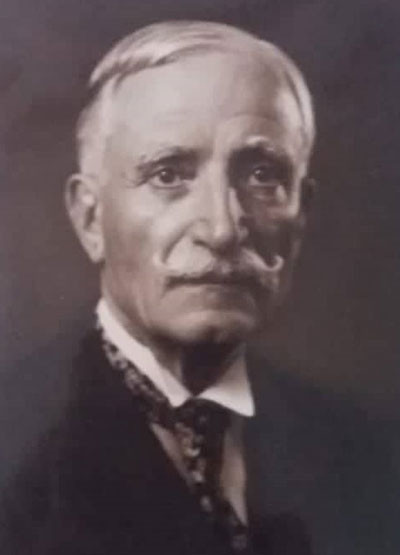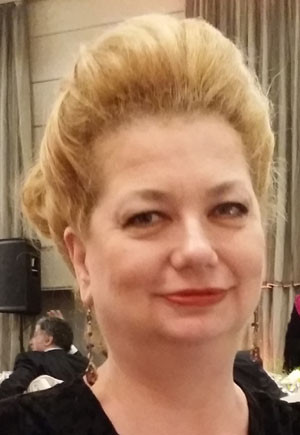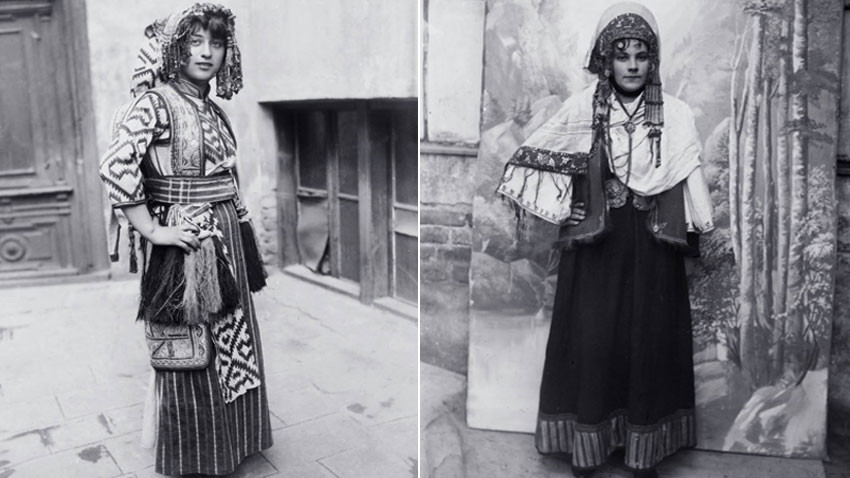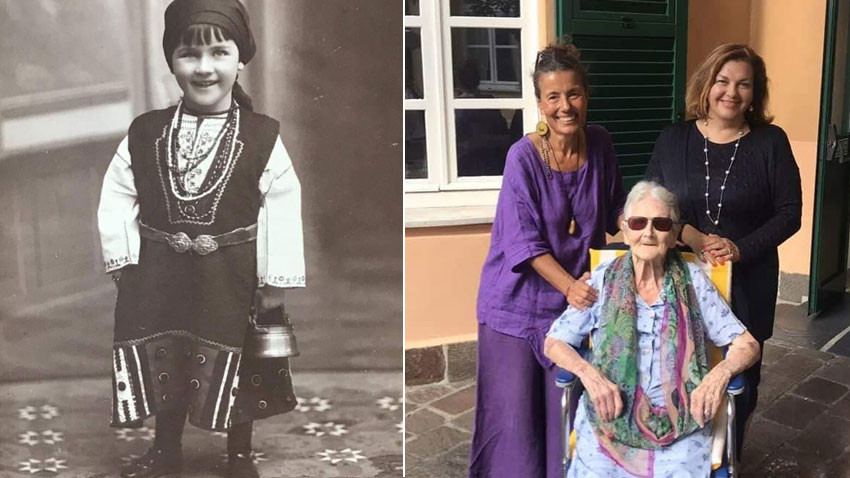 At the end of the past century, when Bulgaria started its independent path of development, a young Bulgarian named Marco Bliznakoff went to Italy for specialization supported by Tsar Ferdinand. During that time it was common for rulers to send talented Bulgarians to study abroad, in order for them to contribute to the development of modern Bulgaria later. According to art historian Raina Damiani, these knowledgeable Bulgarians were essential part of true cultural diplomacy.
At the end of the past century, when Bulgaria started its independent path of development, a young Bulgarian named Marco Bliznakoff went to Italy for specialization supported by Tsar Ferdinand. During that time it was common for rulers to send talented Bulgarians to study abroad, in order for them to contribute to the development of modern Bulgaria later. According to art historian Raina Damiani, these knowledgeable Bulgarians were essential part of true cultural diplomacy.
 “Marco Bliznakoffis a handsome gentleman, whose looks and style remind me of the portraits of writer Ivan Vazov,” Raina Damiani says. “He is a descendant of a family that lived in Stara Zagora during the National Revival. He is one of the founders of ship building in Bulgaria.”
“Marco Bliznakoffis a handsome gentleman, whose looks and style remind me of the portraits of writer Ivan Vazov,” Raina Damiani says. “He is a descendant of a family that lived in Stara Zagora during the National Revival. He is one of the founders of ship building in Bulgaria.”
In Italy, Bliznakoff fell in love with young noble lady Petronila Veneziani and married her. The two came to Bulgaria and lived in Bourgas, where Bliznakoff participated in the port construction. Later, they returned to Italy, where Marco, along with writer Italo Svevo, husband of Petronila's sister, Livia, managed the Venezianiship yard in Trieste. There he also befriended Irish writer James Joyce, who was invited to teach the children of the two families English.
This is a life story that has become important for the way of development of diplomacy as Bliznakoff started a family tree from which generations of diplomats have sprung. In Italy, Bliznakoff performed the functions of Honorary Bulgarian Consul. He organized presentations about Bulgaria and illustrated his lectures using glass photo plates with images of various ethnographic, cultural and geographic fragments of Bulgarian life in the early 1920s.
“These glass plates have been shown to diplomats, intellectuals, and politicians. Bulgaria was presented in this rather romantic but true light.”

Nearly a century after their creation, the 37 plates returned to Bulgaria thanks to the granddaughter of Marco Bliznakoff, Nadezhda, who decided to donate them to a Bulgarian museum. Her son, Silvio de Michieli Vitturi, shared her mother's intentions with Irina Dilkova, a Bulgarian woman he has been working with for many years. She offered to donate the family relics to the Values Foundation, led by Antonina Stoyanova, wife of then Bulgarian President – Petar Stoyanov.
Twenty years later, the photo plates that store fragments from our past and are closely linked to the history of the Bliznakoff family, will soon be shown to Bulgarian audience in the prestigious Sofia art space "Square 500", part of the National Art Gallery. Its curator is Raina Damiani and coordinator of the whole project is journalist Magdalena Gigova. Nadezhda Bliznakoff also takes part in the unusual exhibition entitled "Bulgaria through the Glass of Time". She is 95-years-old and that is why journalist, cinematographer and traveler Milena Kaneva and Irina Dilkova traveled to Italy to shoot a documentary about her.

Part of the film in which Nadezhda tells the story of her grandfather will be screened at the exhibition. The photo plates have been digitized by famous photographer Ivo Hadzhimishev and explanatory texts below are the work of ethnologist Anelia Milusheva. The original glass plates have been stored in a special showcase, where visitors will be able to trace their story and hear the narrative of Marco Bliznakoff’s granddaughter. Of course, the project of the Values Foundation, does not stop here:
"We present pieces of Bulgarian memory," Raina Damianisays. “The idea is to make this exhibition a traveling project, so it can find its place in the cultural calendar of our cultural centers and institutions abroad. The exhibition could be put on display in museums in Europe, national libraries. As a curator I imagine it being presented in a different way every time.”
The official opening of "Bulgaria through the Glass of Time" is on February 8. The exhibition continues until April 7, 2019.
English: Alexander Markov
A colorful graffiti mural, created in connection with the 20th anniversary of Bulgaria's membership in NATO, was unveiled in Blagoevgrad (Southwestern Bulgaria). The street-art work can be seen at 65 Slavyanska Street. It was realized with the..
Over 100 films and various discussions on current issues await those who seek a first-hand account of events in Ukraine at the fifth edition of ОКО - International Ethnographic Film Festival. For the first time, the festival is a Ukrainian-Bulgarian..
The exhibition "The Transylvanian Medieval Fortress" by the Romanian artist Ovidiu Carpusor will be presented from November 9 to 23 in the "Quiet Nest" gallery of the Palace Architectural Park Complex in the town of Balchik , on Bulgaria's Northern Black..

+359 2 9336 661
